Hot mustard is a pungent condiment made from crushed mustard seeds (typically brown or black varieties) combined with liquid like vinegar, water, or wine, creating a sharp, sinus-clearing heat that dissipates quickly. Unlike chili peppers, its heat compound (allyl isothiocyanate) activates nasal receptors rather than tongue receptors, making it ideal for adding intense but short-lived spice to dishes. This complete guide reveals exactly how to identify, use, and maximize hot mustard's unique properties - from selecting the right variety for your recipe to understanding why it behaves differently than other spicy ingredients.
Table of Contents
- What Exactly Is Hot Mustard? (The Quick Answer)
- Why Hot Mustard Burns Differently Than Chili Peppers
- 5 Most Common Hot Mustard Types Compared
- 7 Professional Cooking Techniques Using Hot Mustard
- How Different Cultures Use Hot Mustard
- Does Hot Mustard Go Bad? Shelf Life Explained
- Actual Health Benefits of Hot Mustard (Not Hype)
- Hot Mustard FAQs: Quick Answers to Top Questions
What Exactly Is Hot Mustard? (The Quick Answer)
Hot mustard refers specifically to preparations made from brown or black mustard seeds that create intense pungency when combined with cold liquid. The heat comes from allyl isothiocyanate - a volatile compound released when mustard seed enzymes react with moisture. This differs from yellow mustard (made from milder yellow seeds) and explains why hot mustard delivers that distinctive nasal burn rather than tongue burn.
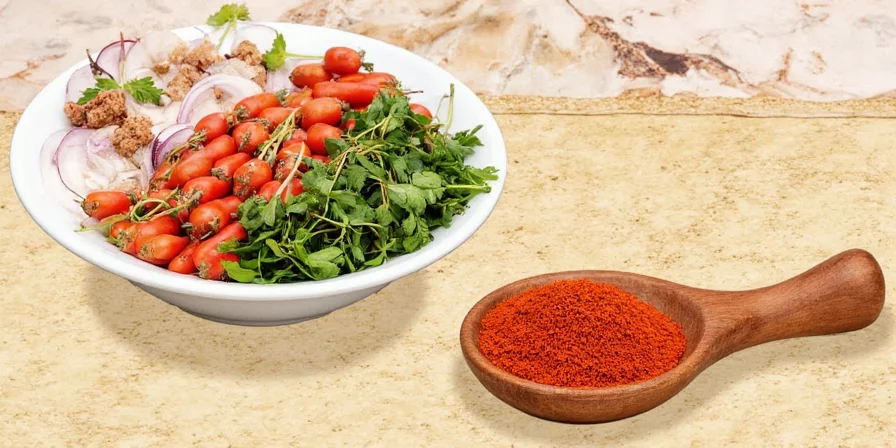
True hot mustard characteristics:
- Uses brown/black mustard seeds (higher in sinigrin)
- Mixed with cold liquid (activates heat-producing enzymes)
- Heat peaks within 10-15 minutes then decreases
- Nasal-focused sensation (not tongue-focused like capsaicin)
- Loses potency when heated (unlike chili heat)
Why Hot Mustard Burns Differently Than Chili Peppers
The science explains why hot mustard feels different from spicy foods:
When mustard seeds are crushed and mixed with liquid, the enzyme myrosinase reacts with glucosinolates to produce allyl isothiocyanate. This compound:
- Travels through the air to activate TRPA1 receptors in your nasal passages
- Evaporates quickly (heat fades in 30-60 seconds)
- Is water-soluble (unlike fat-soluble capsaicin)
- Deactivates when heated above 140°F (60°C)
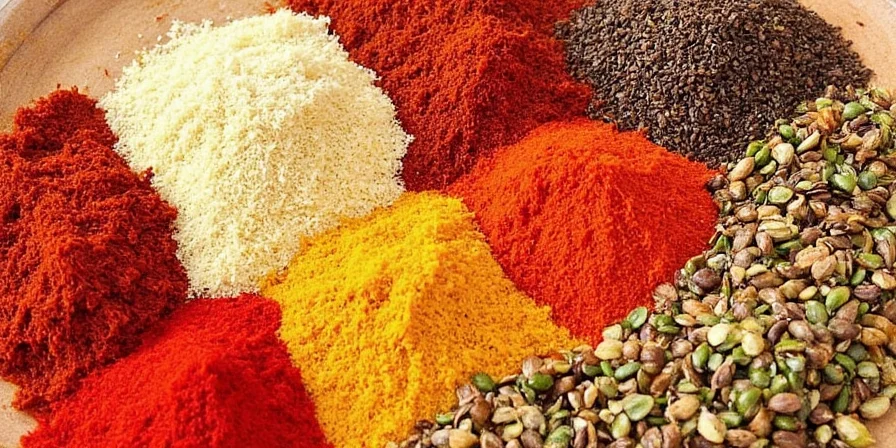
This is why hot mustard creates that immediate "rocket up your nose" sensation that disappears quickly, while chili heat lingers on your tongue.
5 Most Common Hot Mustard Types Compared
Not all hot mustards are created equal. Here's how the major varieties differ in heat level and culinary application:
| Mustard Type | Heat Level (1-10) | Best For | Avoid With | Substitution Ratio |
|---|---|---|---|---|
| English Mustard | 8 | Roast beef, pork pies, cheese pairings | Delicate fish, sweet dishes | 1:1 for intense heat |
| Japanese Karashi | 9 | Tonkatsu, ramen, yakitori | Cold dishes (heat fades) | 1/2 amount of Dijon |
| German Hot Senf | 6 | Bratwurst, pretzels, potato salad | Fish tacos, light sauces | 1:1 for moderate heat |
| Indian Rai Paste | 7 | Tadka, curries, pickles | Cold salads, mayo-based dips | 1/3 amount of prepared mustard |
| Homemade Hot Mustard | 5-10 (adjustable) | Custom recipes, marinades | When consistency matters | Customizable |
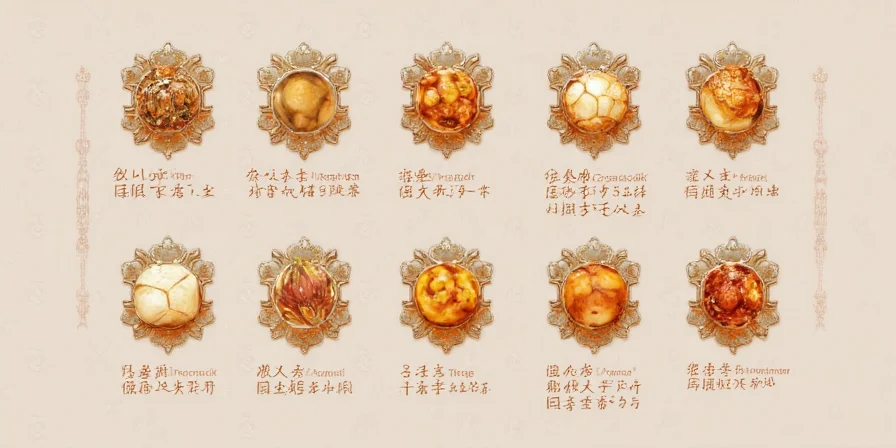
7 Professional Cooking Techniques Using Hot Mustard
Maximize hot mustard's unique properties with these chef-approved methods:
- For maximum heat: Mix mustard powder with cold water, let sit 10 minutes before use (allows full enzyme reaction)
- For balanced flavor: Combine with acidic ingredients (vinegar, citrus) within 15 minutes of preparation
- Marinade secret: Add 1 tbsp hot mustard per cup of marinade to tenderize proteins without overpowering
- Sauce stabilizer: Whisk 1 tsp into cream sauces to prevent curdling (emulsifies fats)
- Sweet dish enhancer: Add 1/4 tsp to chocolate desserts to cut sweetness without lingering heat
- Meat rub component: Combine with brown sugar (2:1 ratio) for pork or chicken rubs
- Cocktail modifier: Add 3-4 drops to Bloody Marys or spicy margaritas for complex heat
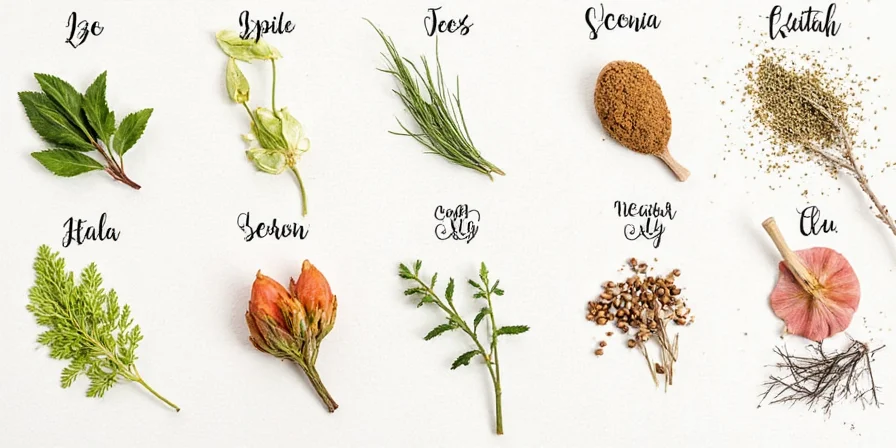
How Different Cultures Use Hot Mustard
Hot mustard applications vary significantly worldwide:
- Japanese cuisine: Karashi mustard served with tonkatsu (heat complements fried pork without overwhelming)
- British tradition: English mustard paired with roast beef (sharp heat cuts through rich meat)
- German preparation: Hot Senf with bratwurst (milder heat balances smoky sausage)
- Indian technique: Raw mustard paste (rai) tempered in hot oil for tadka (releases volatile compounds)
- American innovation: Hot mustard in deviled eggs (cuts richness of yolks without competing flavors)
- Cocktail application: Modern mixologists using hot mustard in savory cocktails (adds complexity without lingering burn)
The key difference: Asian preparations often use mustard's heat immediately after activation, while Western traditions frequently cook it slightly to mellow the intensity.

Does Hot Mustard Go Bad? Shelf Life Explained
Hot mustard's shelf life depends on preparation:
- Commercial prepared mustard: 18-24 months unopened, 12-18 months refrigerated after opening
- Homemade mustard: 3-4 weeks refrigerated (vinegar-based), 1-2 weeks (wine-based)
- Mustard powder: 3-4 years when stored in airtight container
Signs of spoiled mustard:
- Change in color (from vibrant yellow to dull brown)
- Mold growth (discard immediately)
- Off smell (sour or rancid odor)
- Separation that doesn't remix when shaken
Pro tip: For maximum heat retention in homemade mustard, store powder and liquid separately until ready to use.
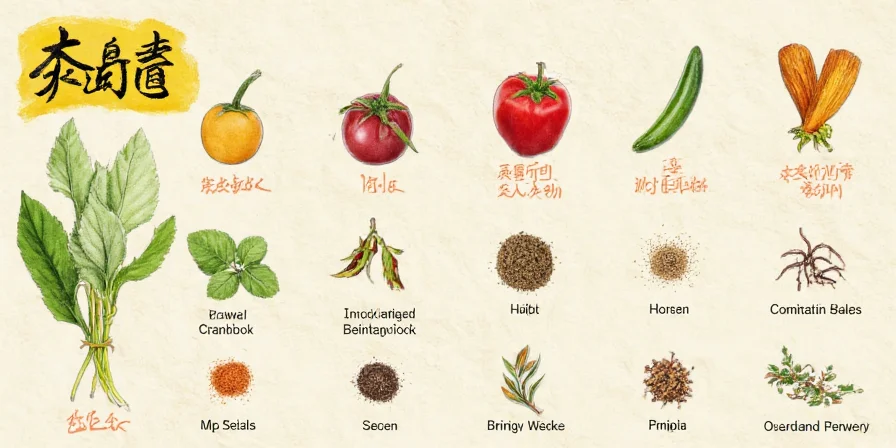
Actual Health Benefits of Hot Mustard (Not Hype)
Research-supported benefits when consumed in culinary amounts:
- Digestive stimulation: Allyl isothiocyanate increases saliva and gastric secretions (studies show 15-20% increase in digestive enzymes)
- Antimicrobial properties: Effective against E. coli and Salmonella in food (why mustard was historically used as preservative)
- Calorie control: Adds intense flavor with only 5 calories per teaspoon (vs. 100+ for many creamy sauces)
- Nutrient preservation: When used in marinades, reduces formation of harmful compounds during grilling
- Temporary congestion relief: Nasal receptor activation can clear sinuses for 15-30 minutes
Important note: These effects occur at culinary usage levels (1-2 tsp per serving). Mustard is not a treatment for medical conditions.
Hot Mustard FAQs: Quick Answers to Top Questions
- How is hot mustard different from regular mustard?
- Hot mustard uses brown/black seeds with higher sinigrin content, activated with cold liquid to create volatile nasal heat, while regular (yellow) mustard uses milder yellow seeds with turmeric for color.
- Why does hot mustard burn my nose but not my tongue?
- Allyl isothiocyanate activates TRPA1 receptors in nasal passages rather than TRPV1 receptors on the tongue (which capsaicin activates).
- How do I reduce hot mustard's intensity?
- Add to hot liquids immediately (deactivates enzymes), mix with dairy (binds compounds), or let sit 20+ minutes (heat dissipates naturally).
- What's the best hot mustard for cooking?
- English mustard for intense heat in sauces, German Senf for balanced flavor with meats, and Japanese Karashi for authentic Asian dishes.
- Can I make hot mustard less spicy after it's too hot?
- Yes: add dairy (yogurt, cream), acid (lemon juice, vinegar), or sweetener (honey, sugar) - but act quickly before heat fully develops.
- Why does hot mustard lose heat when cooked?
- Myrosinase enzyme deactivates at 140°F (60°C), stopping allyl isothiocyanate production. For maximum heat, add during final cooking minutes.
- Is hot mustard healthy for weight loss?
- It's very low calorie (5 cal/tsp) and may temporarily boost metabolism, but effects are minimal. Main benefit is flavor without added fat/sugar.
- How long does hot mustard heat last?
- Peak heat occurs 10-15 minutes after preparation, then gradually decreases over 1-2 hours as volatile compounds evaporate.

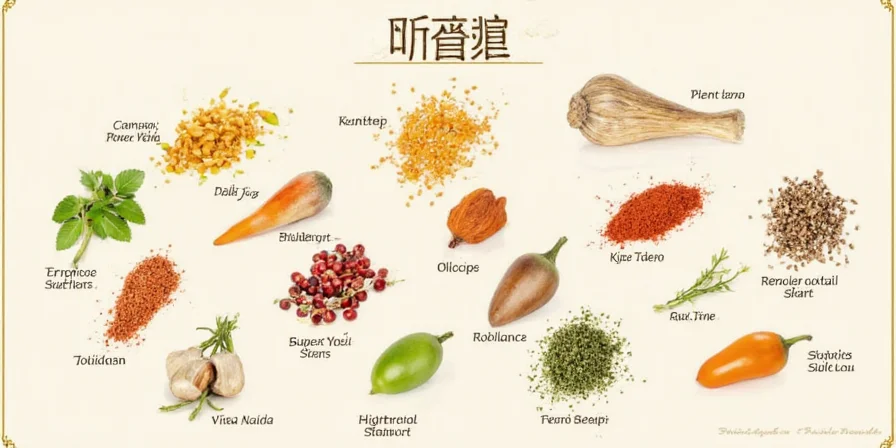









 浙公网安备
33010002000092号
浙公网安备
33010002000092号 浙B2-20120091-4
浙B2-20120091-4